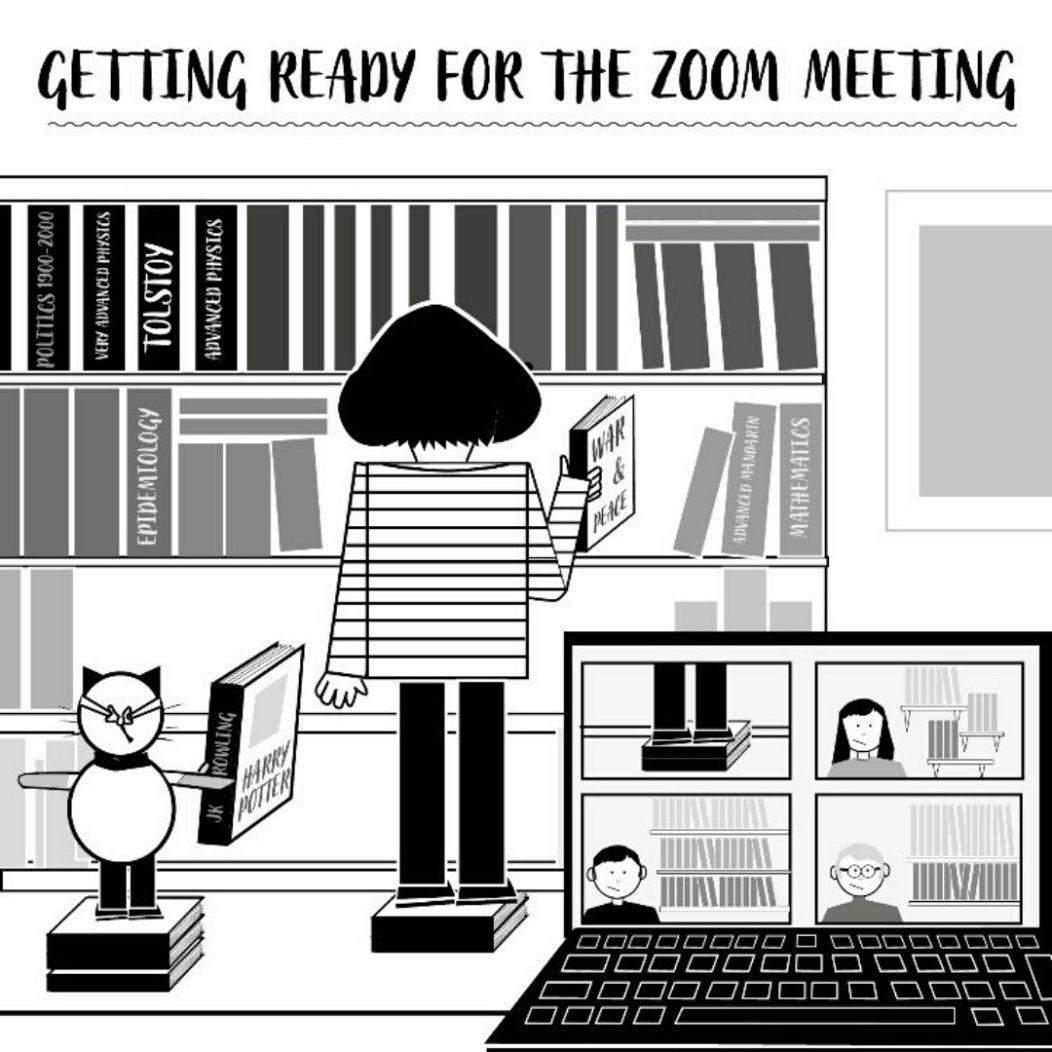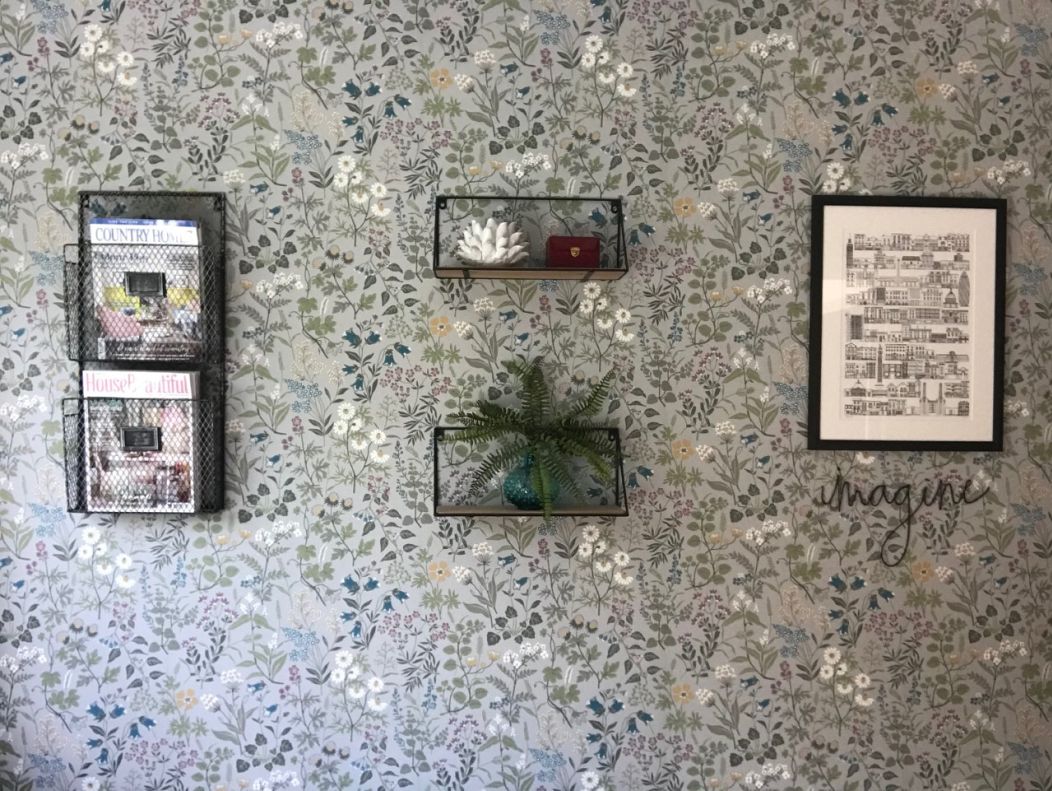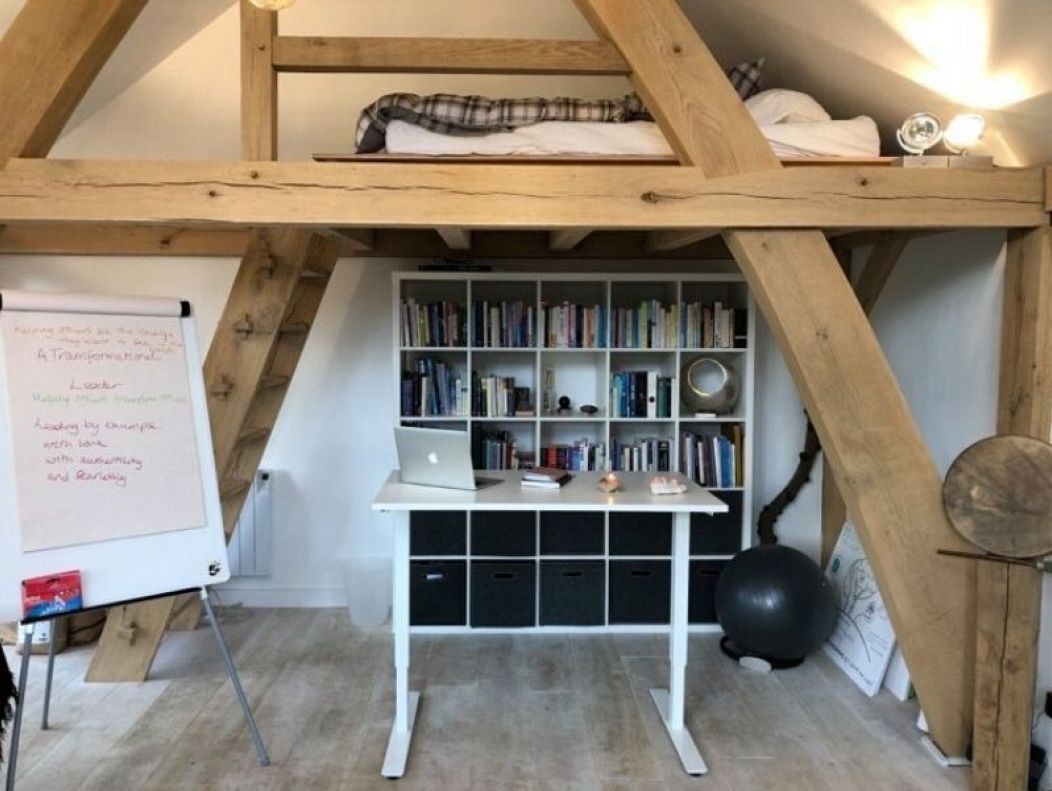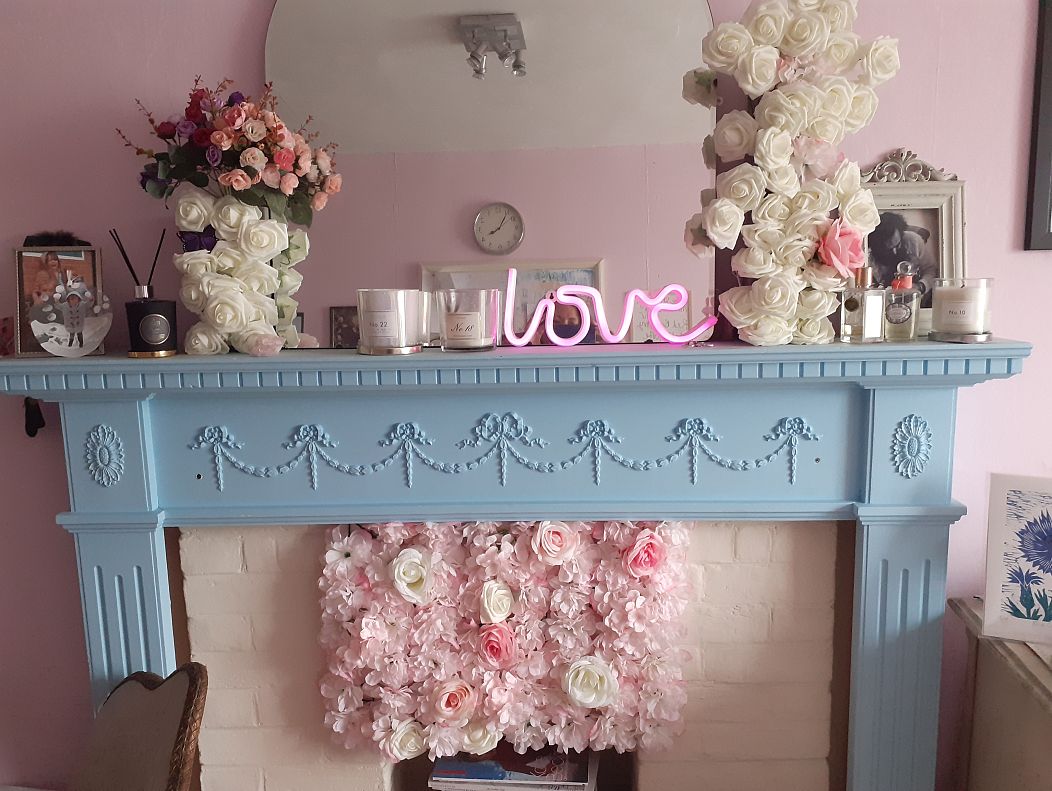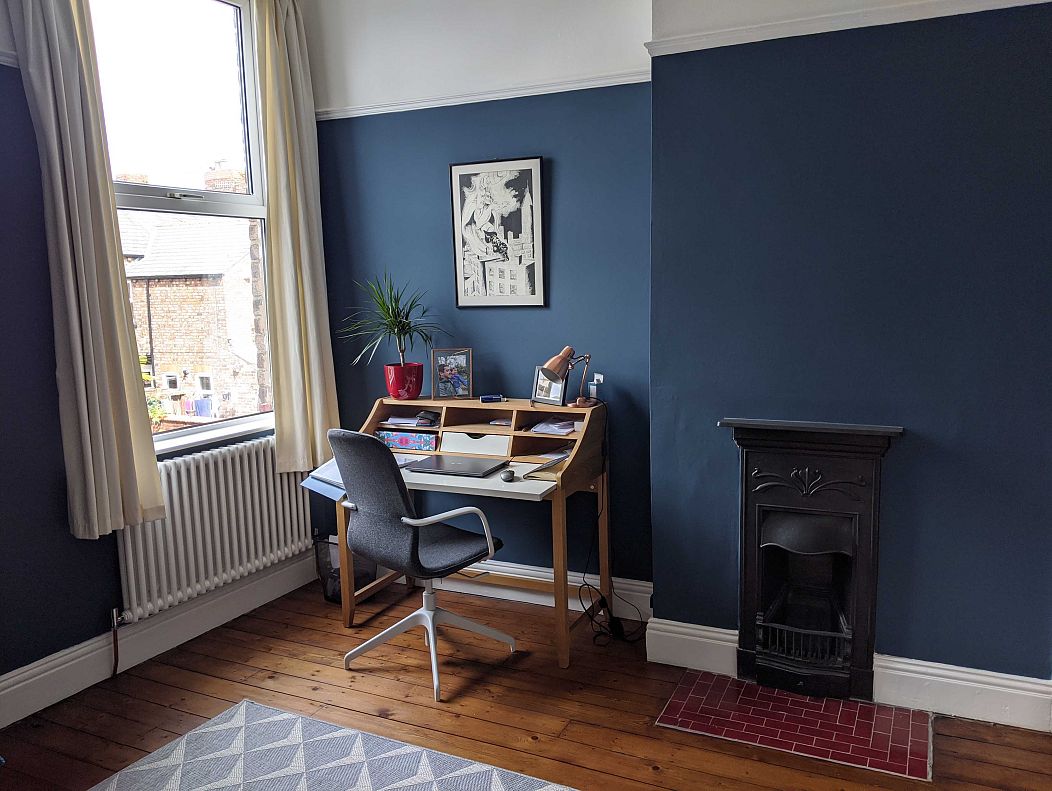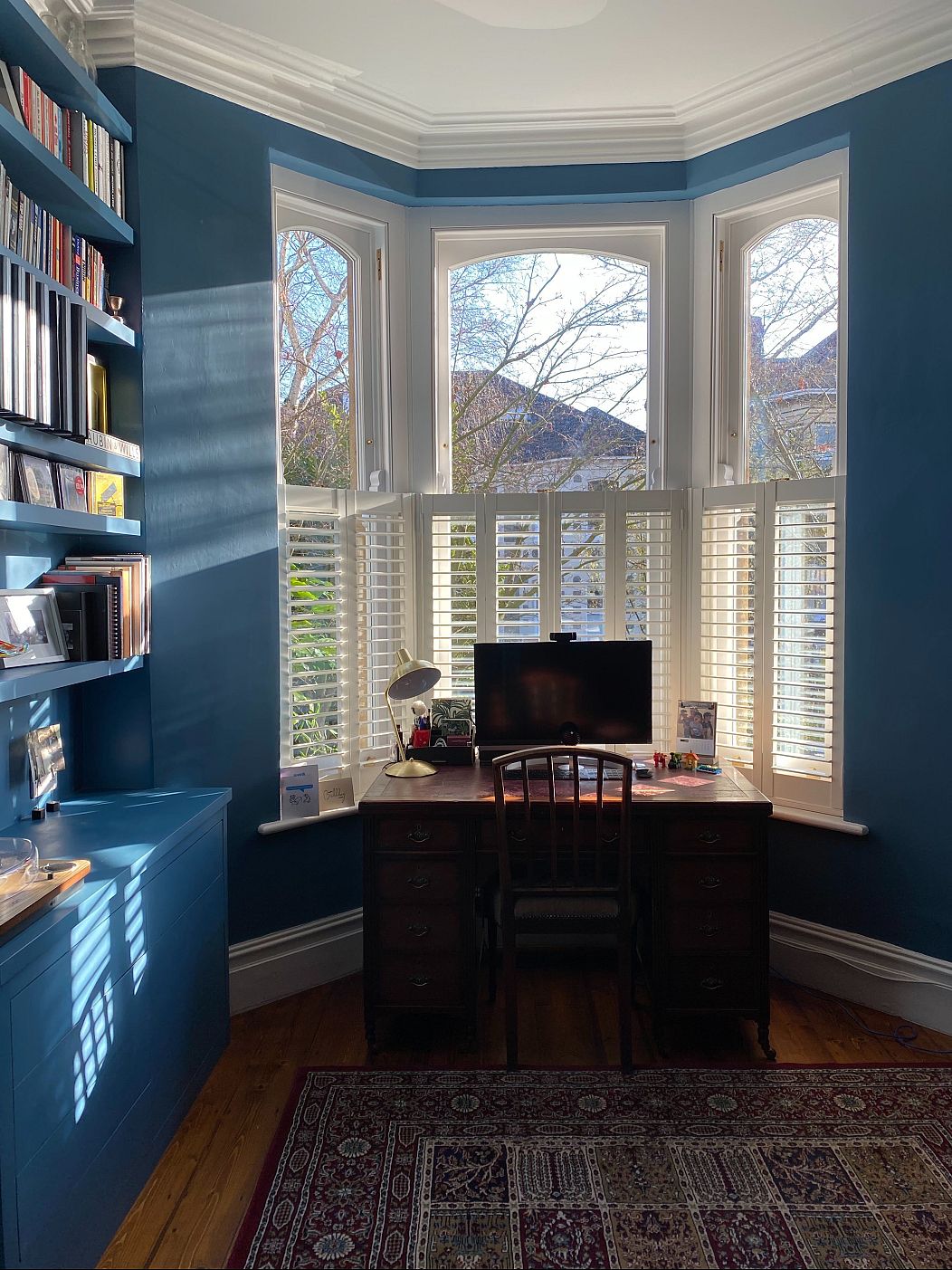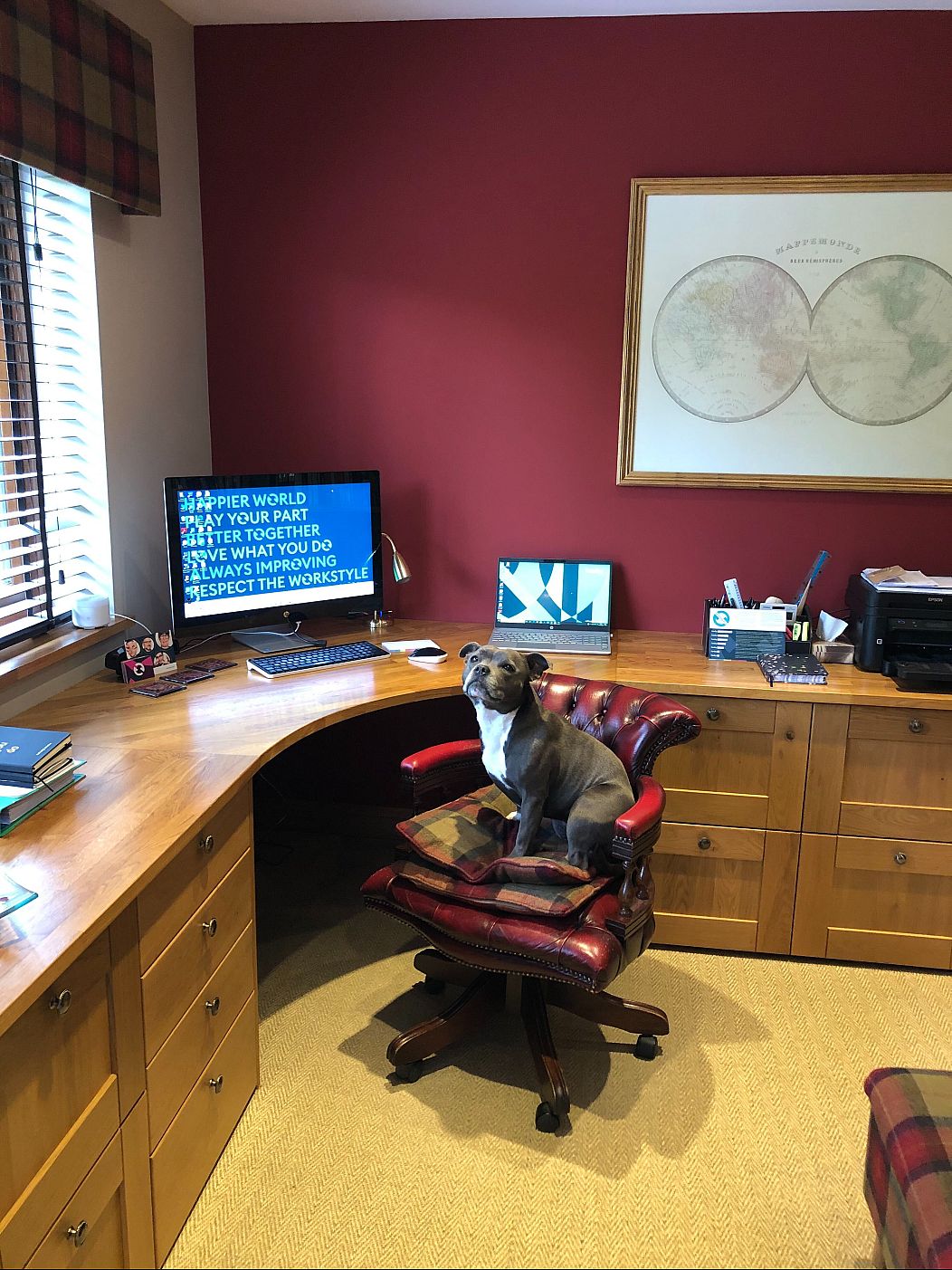As more employees than ever try remote working, we look at the environmental benefits and how to make it a success.
 ADVERTISEMENT
ADVERTISEMENT
While the global lockdown is starting to lift across Europe, many of us are realising that remote working is entirely possible (and dare I say it, at times enjoyable?). Where companies and employers previously may have not allowed us to set up camp from home, #WFH has now become part and parcel of lockdown life.
But will a post-lockdown world have an increased appetite for remote working? And how can we be doing it better?
Heather Beach runs The Healthy Work Company (THWC), consulting with employers to develop wellbeing strategies for staff. Unsurprisingly, perhaps, Beach has been inundated with work since the start of the coronavirus crisis, as companies have had to quickly adapt to an entirely new culture of productivity.
Interestingly, Beach has found her clients to be polarised in their responses to this change. Around half the staff she’s working with are really enjoying this period of remote working - with some now dreading the return to the office. “What they are liking most is having more time. Those people are taking the time to smell the roses for the first time in years,” says Beach.
At the other end of the spectrum, Beach is also working with people who are really struggling. This is for a myriad of reasons: relationship issues, childcare demands, mental health struggles, financial pressure, or a general lack of motivation or feeling of purpose.
But there are practical problems too, which largely stem from a lack of experience (both employer and employee) and poor working set-ups. “Around 40% of our trainees have never worked from home before,” explains Beach, “which is in line with the global norms.
“For many they don’t have access to the right equipment and workplaces haven’t necessarily prioritised equipment, so we are starting to see bad backs and necks.”
What can be done to create the right environment for working? And not just in terms of practical set-ups - how are people managing to create the optimum working environment for both their productivity and wellbeing?
The weird and wonderful home-working set-ups
We asked some well-established remote workers what their home offices looked like, to give us all some much-needed inspiration.
Lucy Banwell is a copywriter specialising in property and interiors, which means her office needed to reflect her work.
“When we were planning the renovation of our house,” says Banwell, “it was incredibly important to me to create a home office which would be an inspiring and beautiful place to work. Somewhere I'd be happy to go every morning and start my working day.
“Even before lockdown, I was used to having regular Zoom or Skype meetings with clients, and I think it's important that those clients see an attractive, well-designed interior when they're considering hiring me.”
Banwell chose her design carefully, wanting the natural materials used to reflect her garden view. “Two years on, it's still an absolute pleasure to work from my home office,” she says, “and the added bonus at this time of the year is that my garden view is filled with cascades of pale pink apple blossom!”
For those with a bigger budget, a dedicated building or outhouse could be the answer. Sarah Negus, a professional life coach and Modern Day Shaman, uses her Surrey-based garden office.
"The inspiration around the space was to feel connected to nature - the oak and glass offer a panoramic view of my garden,” explains Negus, “the oak frame brings the outside in somehow and allows a feeling of calm which is important for me in my work. The benefits from working in a garden office are huge. I actually 'go to work', and can separate myself from the hubbub of the house.”
It wasn’t without expense, however, as the project cost £50,000 (€57,000), but for Negus this was an important business investment. She says, “Traditional hand-made, oak-frame buildings attract a premium but my thinking was that this would be the best investment I could make in my business. The oak is sustainably grown, and the carbon footprint is low in terms of heat etc. It is an amazing space to work that inspires me everyday."
Others have been even more ingenious, using companies like Faux Books to create hidden rooms. These fairytale creations have been popping up around the world, with secret doors disguised as bookshelves creating the ultimate journey to work.
An entirely remote organisation
Hoxby is a global agency with over 1,000 associates in 43 countries - entirely composed of remote workers. As an organisation they run initiatives, such as joint Strava step challenges, to keep morale, health and wellbeing strong among employees, something they have finessed after five years of this model.
Some of the staff shared their favourite workspaces with Euronews Living, for an extra bit of motivation.
Firgas Esack, who works as a publicist for the company, says her candyfloss pink home office lets her “channel her 14-year-old-self” with a wonderfully fun backdrop for video calls.
This stunning set-up was ready just before the lockdown, explains associate Kam Arkinstall, “I feel very lucky we sorted it in time!”
"My home office was converted from what was formerly the kitchen and has been a work in progress,” says Lizzie Penny, joint-CEO of Hoxby. “I do all my video conference calls and film from my desk. I often get complimented on the shade of the walls.”
Laura Derryman Warren, who works in finance at Hoxby says she wanted her cosy space to “evoke feelings of a country pub, with the oak, tweed, and red accent wall.” Most importantly, however, “there’s room for the dog to stretch out and sleep!”
For Penny, who co-founded Hoxby, it’s technology that makes everything possible for the company. She says the agility and ease of remote-working allows her community of workers to embrace a true work/life balance. According to internal data from the firm, 93 per cent of staff feel more productive working from home than in a traditional office set-up.
Penny feels that COVID-19 means more companies are likely to adopt this style of working, as an unexpected side-effect of the lockdown is evidence that remote working doesn’t appear to be affecting productivity.
The environmental impact
Increased remote working would mean big things for the environment too. One commuter making a 20-mile round-trip to work, five days a week, for a year, releases between 1.4 and 3.8 tons of carbon dioxide into the atmosphere, according to a report by Ride Amigos.
The European Environment Agency (EEA) found that in Rome, Italy road commuters lost an average of 254 hours a year stuck in traffic - all the while releasing more harmful gases into the environment.
"Daily commuting by car contributes strongly to CO2 emissions, air pollution and traffic congestion, especially in and around cities,” says Andreas Unterstaller, Transport and Environment Expert, at the EEA.
"Remote working and online meetings can also improve the situation by reducing the need to commute. As many people will start going back to their workplaces during the coming weeks, this is the time to promote sustainable commuting and address any health concerns related to public transport so that car use does not increase because of the current crisis."
So as we all start to trickle back into the office over the coming months, perhaps now is the perfect time to consider shifting to increased remote working, taking inspiration from home-workers who have already nailed it.











